Cane vs Rattan: How They Differ in Style and Use for Patio Furniture
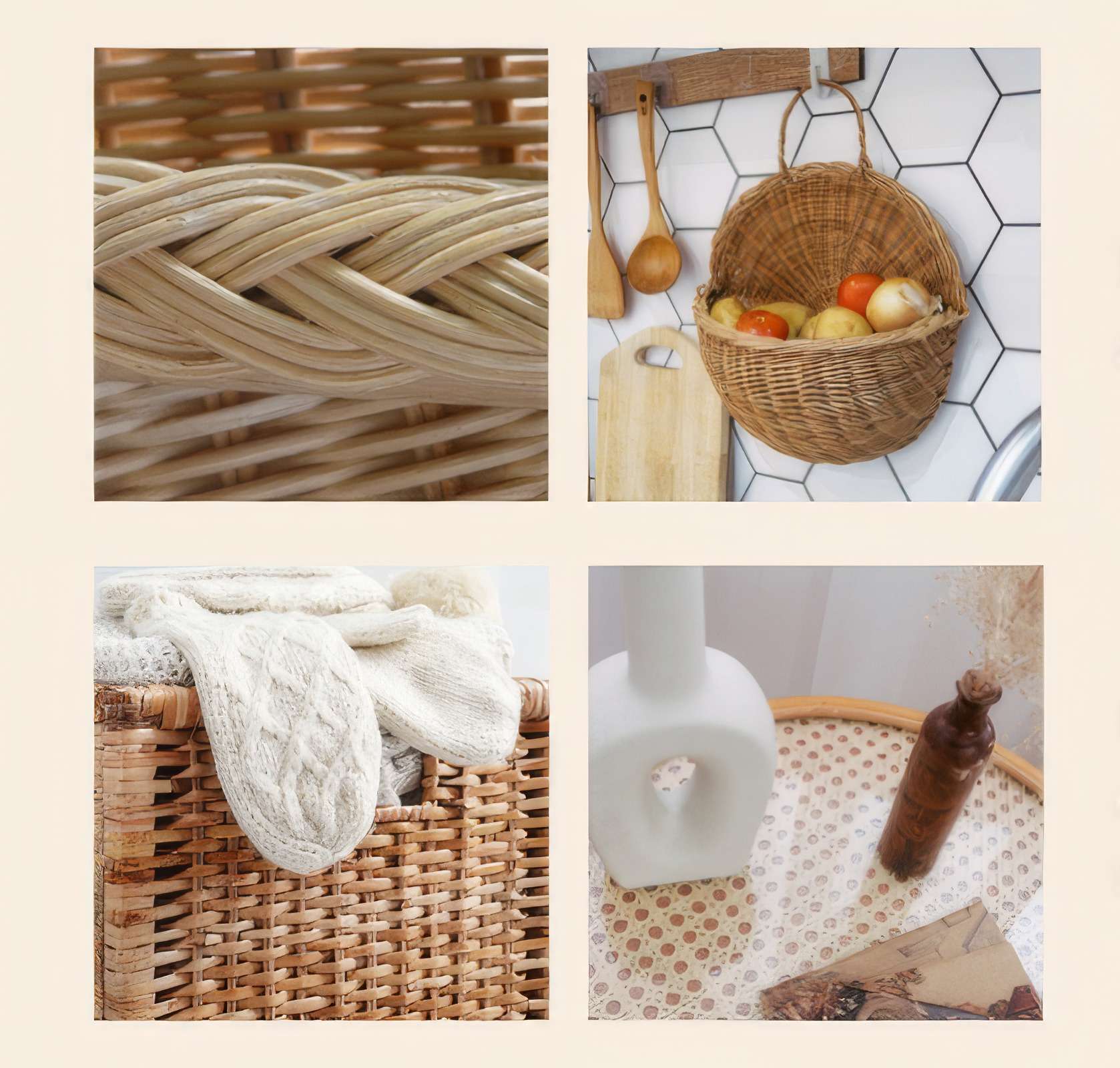
When choosing materials for patio furniture, cane, and rattan often come up as popular options. They both offer unique aesthetics and practical benefits, but understanding their differences is crucial in making an informed decision. Let’s delve with ATC Furniture into what cane vs rattan are, their differences, and how they each contribute to the style and functionality of patio furniture.
What Is Cane?
Cane refers to the outer skin or layer of the rattan plant, a type of climbing palm native to tropical regions of Africa, Asia, and Australia. The cane is harvested from the rattan plant by stripping off the outer layer of the rattan stems. This outer layer is processed and used for various purposes, including the creation of furniture, baskets, and other decorative items.

Cane material
Cane is renowned for its smooth, glossy surface and natural, light golden color, which makes it a popular material for furniture making. It is flexible yet durable, allowing artisans to weave it into intricate patterns for chair backs, seats, and other furniture components. Cane furniture is often associated with a traditional, elegant look, adding a touch of sophistication to any setting.
The Differences Between Cane vs Wicker
While cane and wicker are often used interchangeably in conversation, they are not the same. Wicker is a weaving process, not a material, and can be made from a variety of plant materials, including cane, rattan, bamboo, and synthetic fibers. The term “wicker” actually refers to the technique of weaving these materials into furniture and other items.
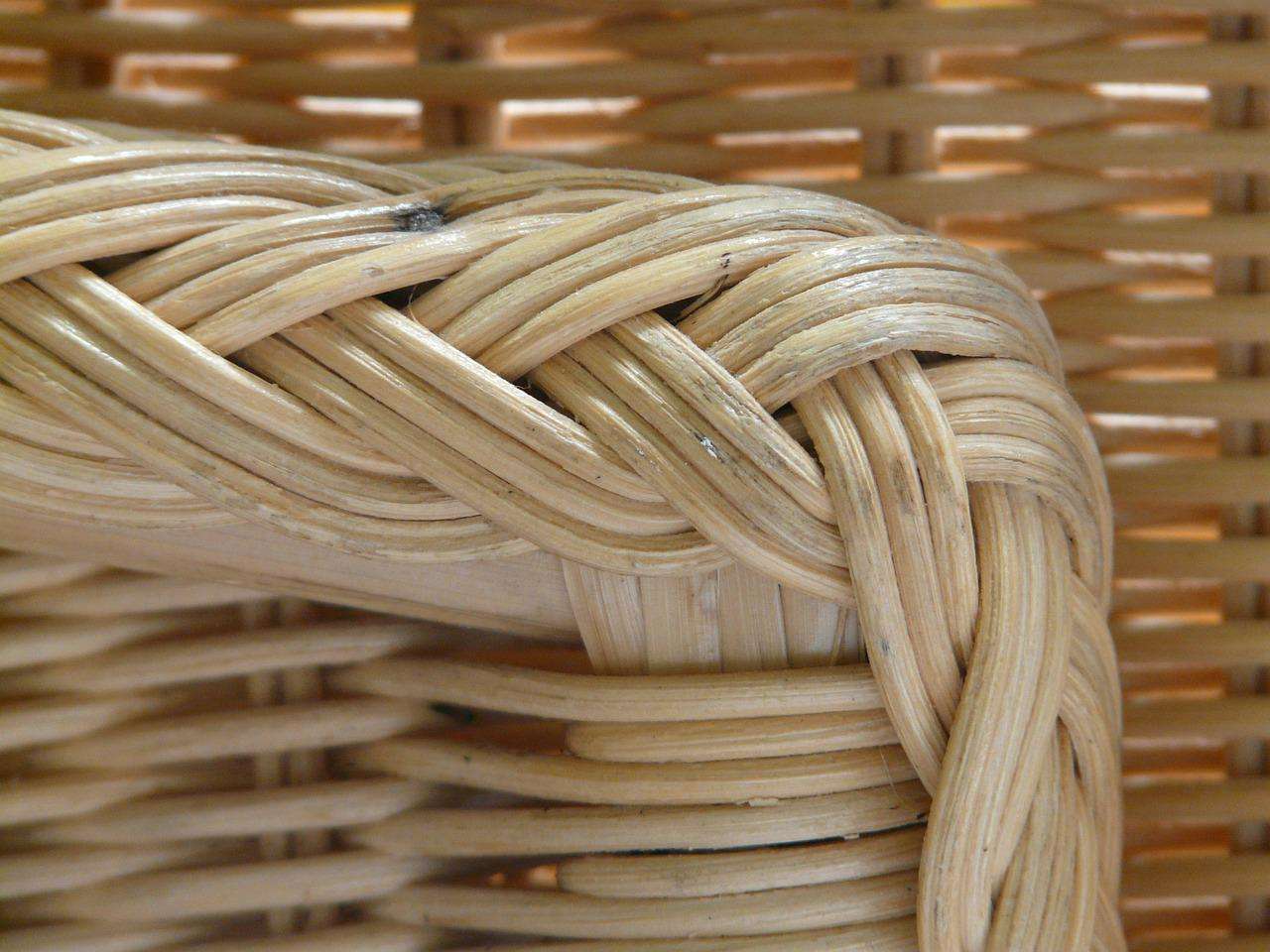
Wicker material
Material: Cane is specifically the outer layer of the rattan plant, while wicker can be made from any pliable material that can be woven. This distinction is crucial because it highlights that wicker is a method rather than a specific substance.
Appearance and Texture: Cane typically has a smooth, glossy finish, whereas wicker can vary widely depending on the materials used. For example, wicker made from willow or bamboo may have a rougher texture compared to the sleek surface of cane.
Use: Cane is often used in its raw form or woven into patterns to create the structural elements of furniture, such as chair seats and backs. Wicker, on the other hand, can be used for entire pieces of furniture, including the frame and structure, making it more versatile in its applications.
Durability and Maintenance: Cane is known for its durability and is relatively easy to maintain. Wicker’s durability depends on the material used; natural wicker needs more care to prevent damage from moisture and sunlight, whereas synthetic wicker is more resilient and easier to maintain.
The Differences Between Cane vs Rattan
Cane and rattan are closely related since cane is derived from rattan. However, each of them possesses unique characteristics that distinguish them from one another.

The Differences Between Cane vs Rattan
Source and Composition: Rattan is the entire plant, including its core and outer layer (cane). When we talk about rattan furniture, we usually refer to pieces made from the entire rattan stem, which is solid and can be bent and shaped into sturdy frames. Cane, as mentioned earlier, is just the outer layer of the rattan plant.
Flexibility and Use: Rattan is incredibly flexible and can be bent into various shapes without breaking, making it ideal for creating the frames and structural elements of furniture. Cane, being thinner and more pliable, is typically used for weaving surfaces rather than structural components.
Aesthetic and Design: Rattan furniture often has a more robust and rustic appearance due to the thickness of the stems used. In contrast, cane furniture tends to have a more delicate and intricate look, thanks to the fine weaving patterns that cane allows.
Durability: Both cane and rattan are durable, but rattan’s solid core makes it particularly strong and suitable for heavy-duty use. Cane, while durable, is not as strong as rattan and is better suited for decorative elements and light-use furniture.
The Difference Between Wicker vs Cane vs Rattan
Understanding the differences between cane vs rattan and wicker can be confusing, but breaking it down helps clarify their unique characteristics and uses.
| Material | Wicker | Cane | Rattan |
| Definition | A weaving technique used to create furniture and other items. | The outer skin of the rattan plant, harvested and processed for use. |
A climbing palm plant, including its solid core and outer layer (cane).
|
| Materials | Rattan, cane, bamboo, willow, synthetic fibers | – | – |
| Appearance | – | Smooth, glossy, and naturally golden in color. | Solid, flexible |
| Use | Versatile in application, used for both structural elements and decorative patterns. | Typically used for weaving chair backs, seats, and other intricate patterns. |
Primarily used for making the structural components of furniture, but also for entire furniture pieces.
|
Style and Use of Cane vs Rattan for Patio Furniture
Cane and rattan each bring unique styles and functionalities to patio furniture, making them popular choices for different reasons.
Style
Cane Furniture:
Aesthetic: Cane furniture is known for its elegant and sophisticated appearance. The fine weaving and natural color of the cane add a touch of classic beauty to any patio setting.
Design Versatility: The flexibility of the cane allows for intricate patterns and designs, making it ideal for creating visually appealing and comfortable furniture.
Lightweight: Cane furniture is often light in weight so it is easy to move and rearrange when necessary.
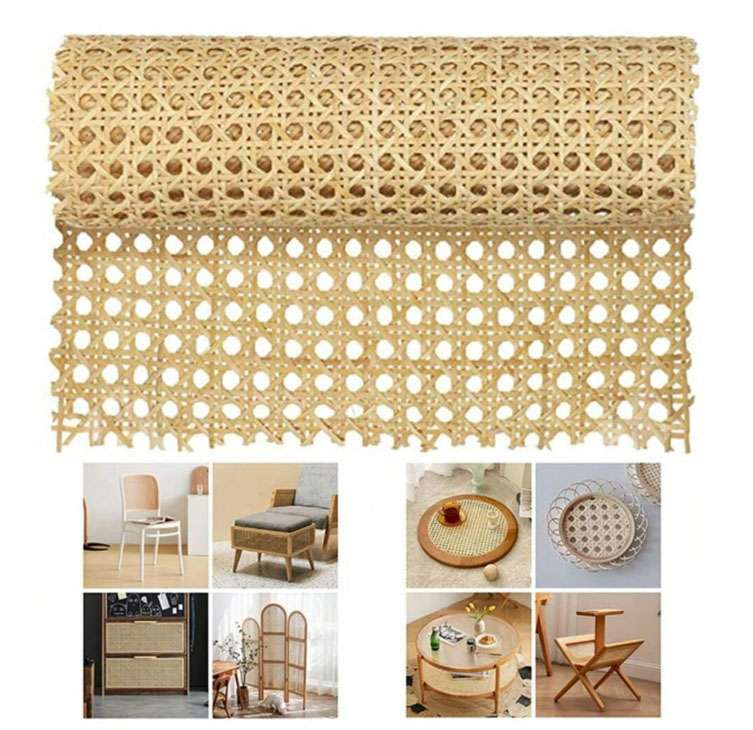
Design versatility of cane
Rattan Furniture:
Aesthetic: Rattan furniture has a more rustic and natural look, often associated with casual and relaxed outdoor settings. Its thicker stems and solid construction give it a robust and earthy feel.
Durability: The solid core of rattan makes it exceptionally durable, suitable for heavy use and long-lasting outdoor furniture.
Versatility: Rattan can be shaped into various forms, from sleek and modern designs to traditional and classic styles.
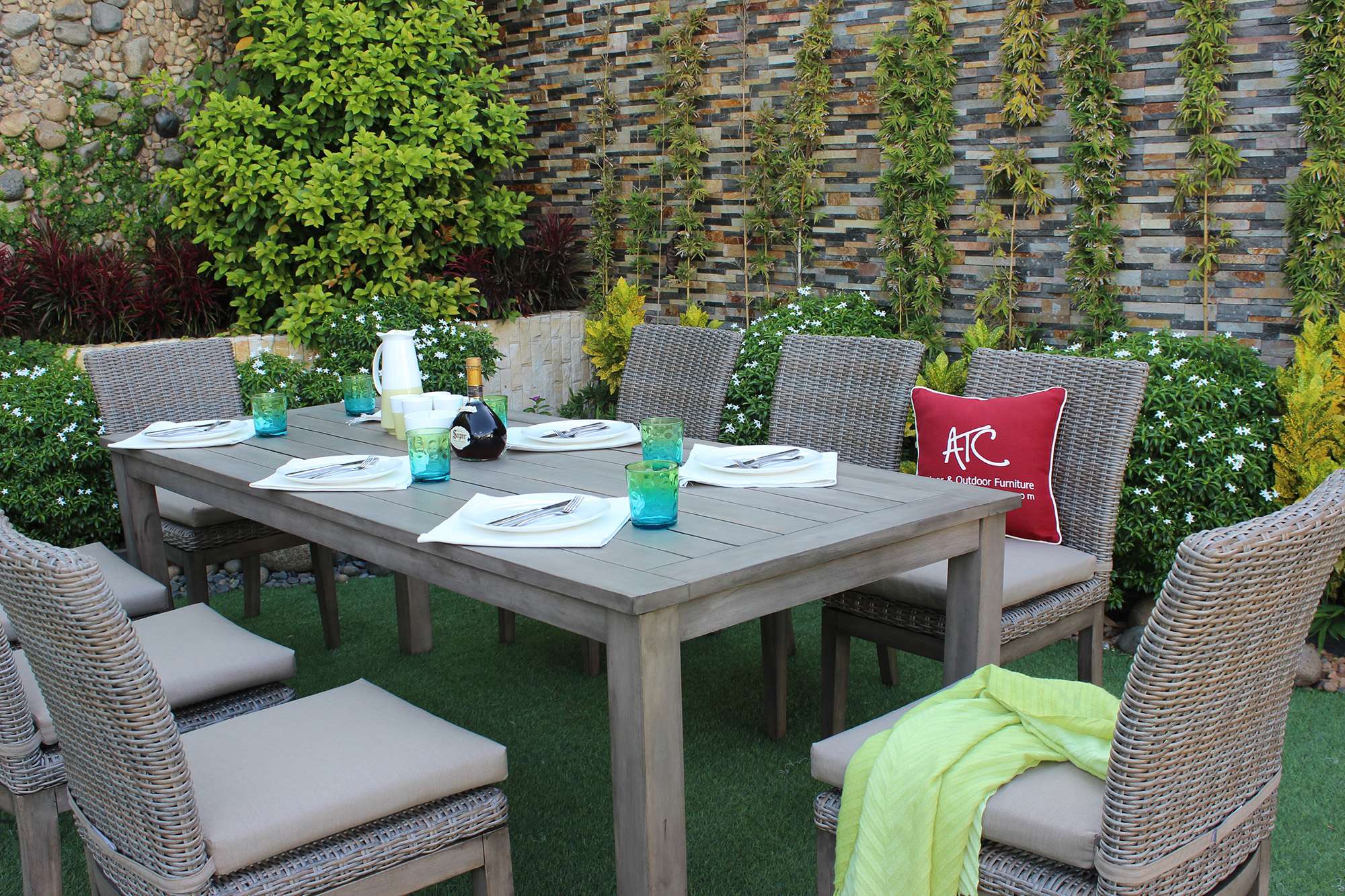
Style of rattan furniture
Use
Cane Furniture:
Comfort: The cane’s natural flexibility makes it comfortable for seating surfaces. The fine weaving allows for breathability, keeping the furniture cool and comfortable in hot weather.
Maintenance: The cane requires minimal maintenance. Regular dusting and occasional wiping with a damp cloth maintain its fresh appearance.
Indoor/Outdoor Use: While cane furniture can be used outdoors, it is best suited for covered patios or indoor use to protect it from prolonged exposure to moisture and direct sunlight.
Rattan Furniture:
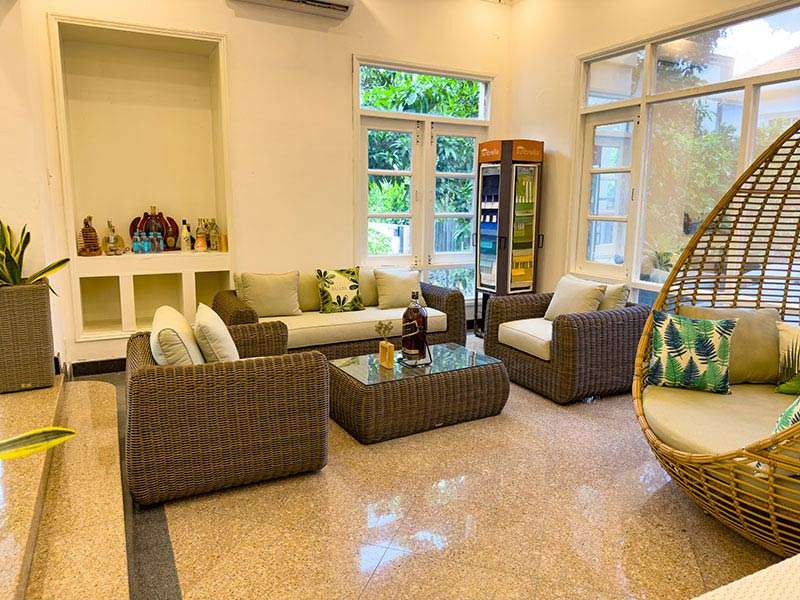
Living room with modern and cozy rattan furniture
Strength: Rattan’s solid core is exceptional, making it ideal for structural elements such as frames and supports. It is durable and less likely to get damaged, even with heavy use.
Versatility in Weather: Natural rattan is best used in covered outdoor areas to protect it from moisture and extreme weather conditions. However, synthetic rattan options are available, which are more resistant to the elements and suitable for fully exposed outdoor use.
Maintenance: Rattan requires more maintenance than synthetic materials. Regular cleaning and occasional treatment with a protective coating can extend its lifespan.
Conclusion
Choosing between cane vs rattan for patio furniture ultimately depends on your style preferences and intended use. Cane offers an elegant, lightweight, and comfortable option, perfect for covered patios and indoor settings. Its fine weaving patterns add a touch of sophistication to any space. With its robust and rustic appeal, Rattan provides durable and versatile furniture suitable for indoor and outdoor use. Its solid construction and flexibility make it an excellent choice for various furniture styles and designs.
Both materials have unique benefits and can enhance the beauty and functionality of your patio furniture. Whether you prefer the classic elegance of cane or the sturdy charm of rattan, understanding their differences will help you make the best choice for your outdoor living space.